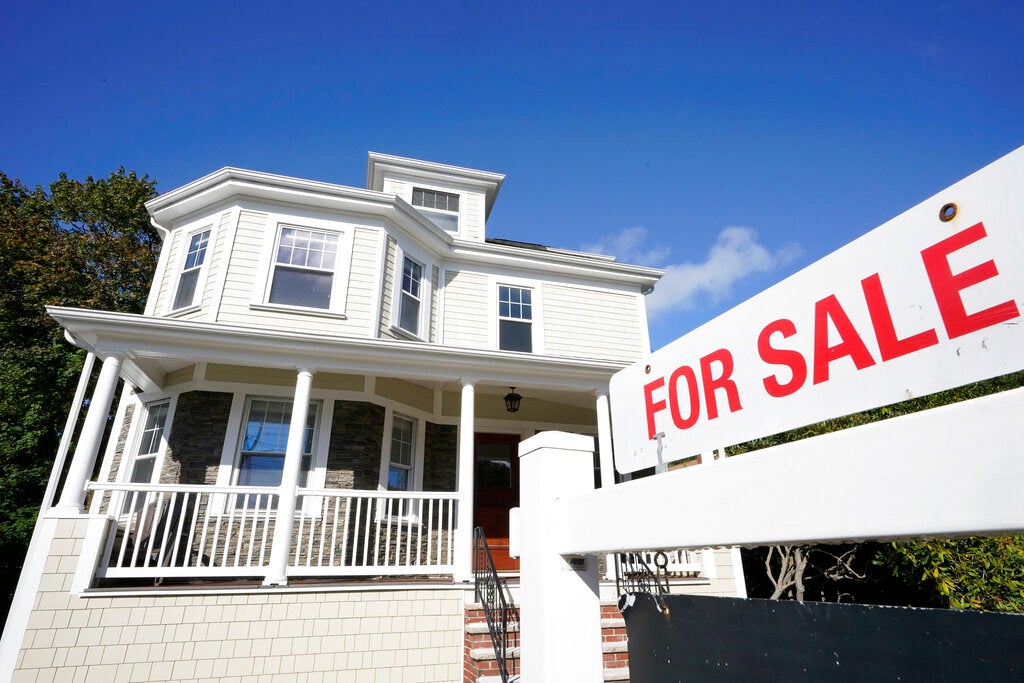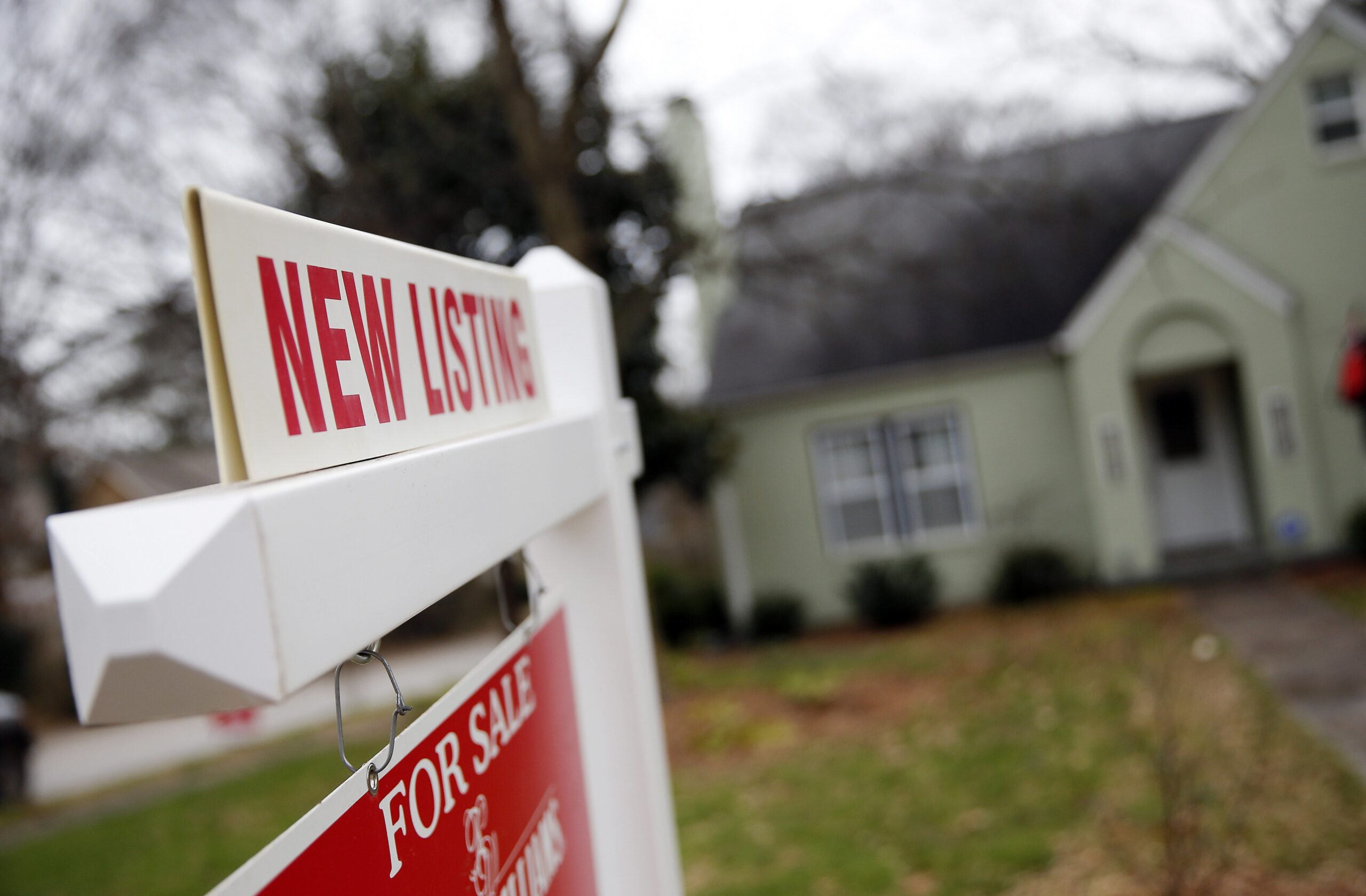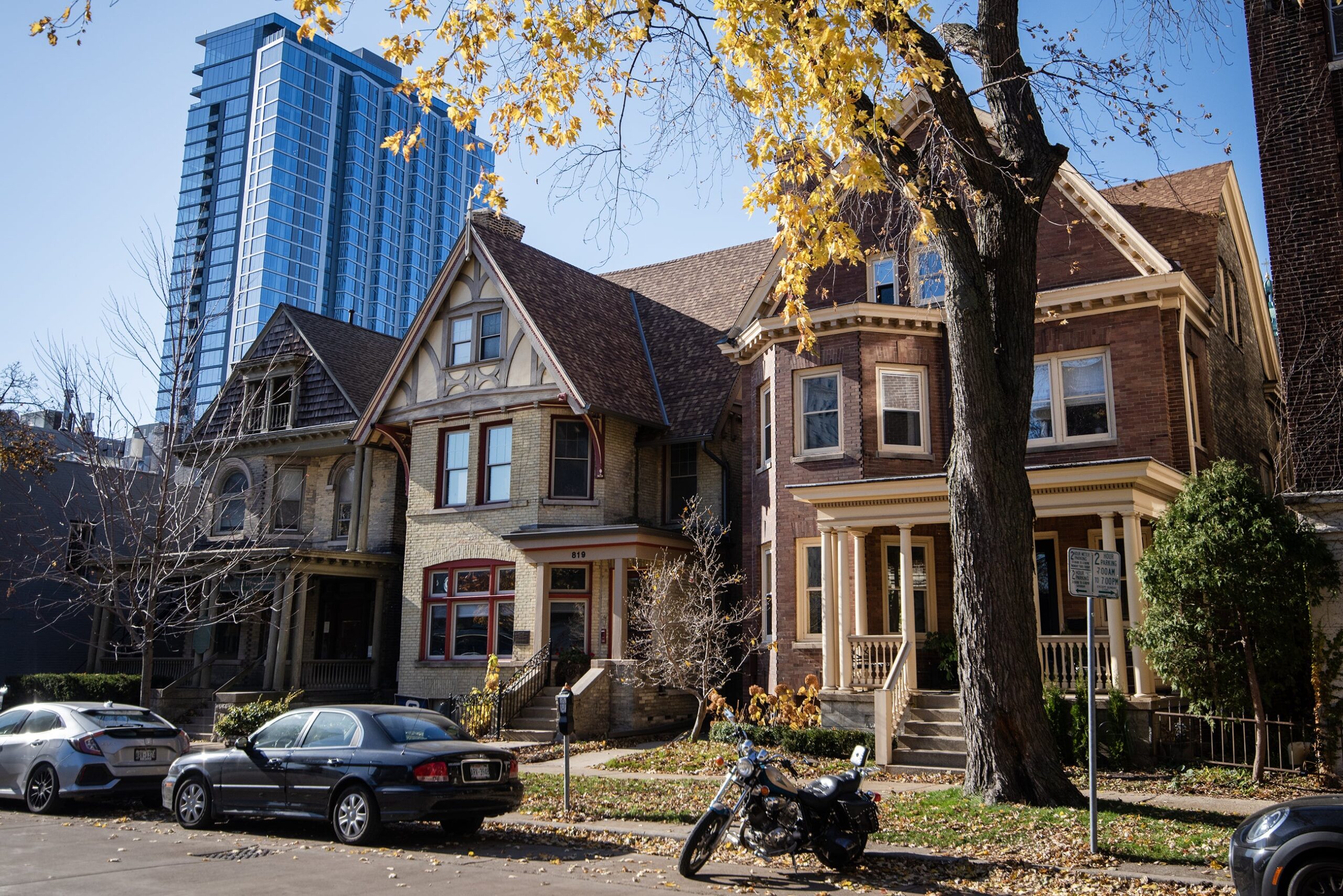Some Wisconsin realtors are hopeful mortgage rates will decline slightly through 2025 after the Federal Reserve’s interest rate cut last week. But they say a lack of supply remains the biggest challenge for prospective homebuyers.
The Fed cut the Federal Funds rate by half a percentage point last Wednesday, but average 30-year fixed mortgage rates have been trending down since they peaked in October 2023.
The Federal Funds rate is essentially the rate at which banks lend money to each other and serves as the base cost for loans, according to Laura Stanfield, a residential mortgage specialist at Wintrust Mortgage in Madison who spoke to WPR’s “Wisconsin Today” on Monday.
Stay informed on the latest news
Sign up for WPR’s email newsletter.
She said the Federal Funds rate has an indirect effect on mortgage rates, which came down in anticipation of the Federal Reserve’s cut. There’s hope another federal rate cut could come in November. But mortgage rates are also affected by yields from government bonds.
Nationally, average 30-year fixed rate mortgages peaked at 7.79 percent in October 2023, and were down to 6.09 percent as of last Thursday, according to data from the Federal Reserve Bank of St. Louis.
Jenelle Bruno, sales manager and managing broker for First Weber Realtors-Fond du Lac, said some buyers were sidelined in late 2023 and early 2024 because mortgage rates were higher than they were anticipating.
“There were a number of buyers who decided to sit out of the market for a little while, and they’re starting to trickle into the market a little more willingly,” she said. “We anticipate that will keep happening, but we’re not going to see a big rush.”
When mortgage rates went below 3 percent during the pandemic, Wisconsin realtors said they had a rush of people trying to buy homes all at once.
“It supercharged the market, no question, because your purchasing power is greatly increased when you have a 2.75 percent interest rate versus a 6.8 percent interest rate,” Bruno said.
In the state’s capital city, the usually slow winter sales months remained fast in 2021, according to Mark Gladue, a realtor at Lauer Realty Group in Madison.
“We didn’t see seasonality like we had before the pandemic hit,” he said. “A lot of realtors felt almost as if they were order-takers because you had so many people calling to see homes.”
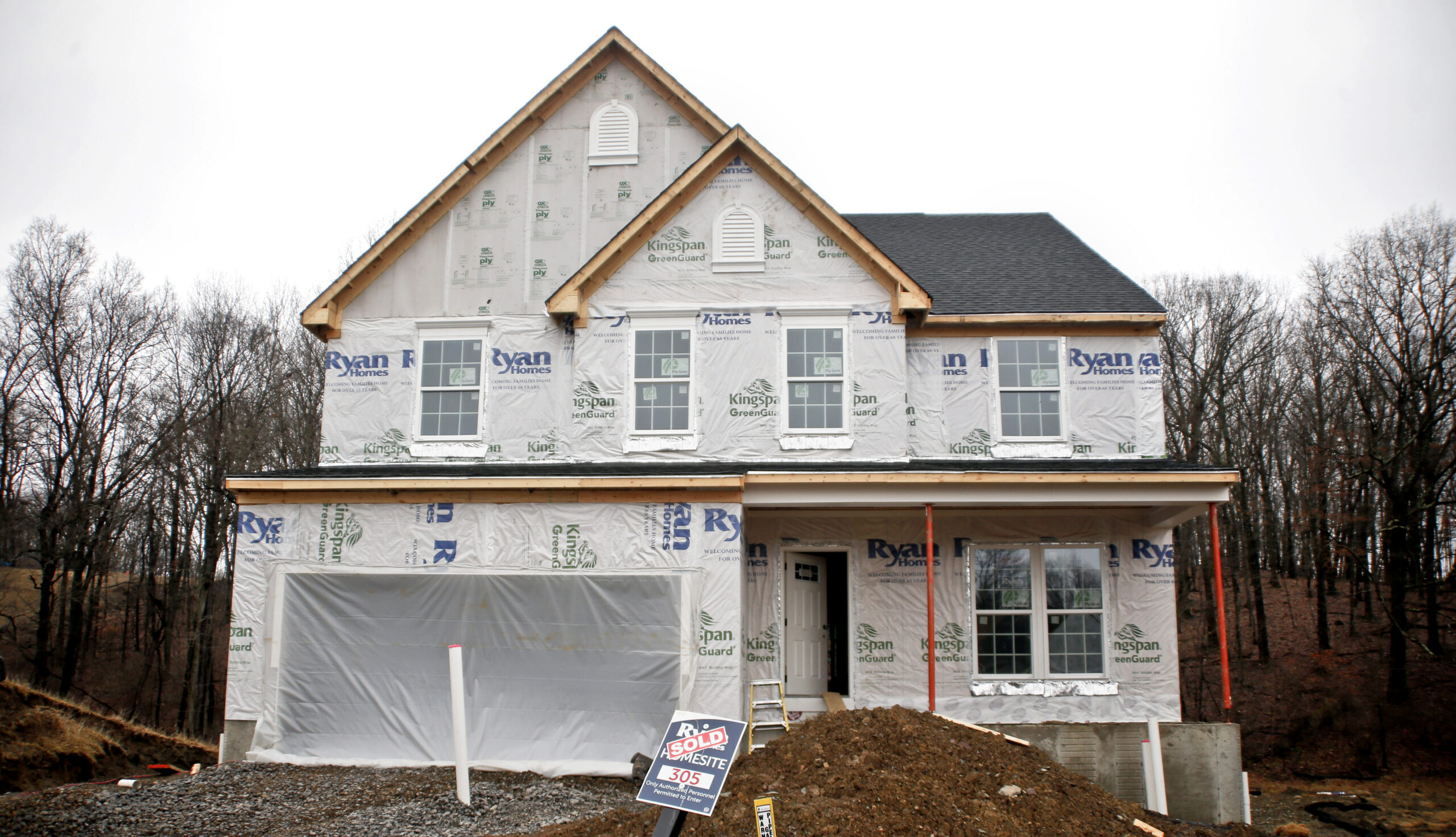
Realtors say housing supply is bigger issue
Bruno also said many existing homeowners refinanced at the low mortgage rates and have been hesitant to sell and look to upsize or downsize while the rates have been higher, creating less churn in the housing market and contributing to stagnant demand.
Gladue and Bruno said prices have risen despite mortgage rate increases because there just isn’t enough supply of housing to keep up with demand. Both said a lack of supply is the biggest challenge for prospective homebuyers.
Diane Campshure Walczyk, realtor and owner of Resource One Realty, which sells homes in the Green Bay area and northern part of the Fox Valley, said her firm “didn’t miss a beat” when mortgage rates went up.
“The issue that we have is No. 1 affordability, and No. 2 inventory. There just isn’t enough inventory,” she said. “A quarter of what we need is being built right now for housing. We definitely need more housing starts.”
Likewise, Shellie Mathe, a manager for First Weber Realtors-Oshkosh, said she got into the real estate business in the 1980s, when interest rates were more than double what they are now.
“When I got into business and the market, the interest rates were just coming down to 17 percent. So interest rates, while it’s a factor, is not the most important factor in somebody buying,” she said. “We sold houses in 1983 and 1984 — the rate was high, but we still sold houses.”
For her firm in Oshkosh, Mathe said the lack of supply with so much demand drove more people out of the market than high interest rates.
“They left the market not because interest rates were too high, although they’d like them to be a little lower, but they left the market because they just couldn’t find a house and they were tired of looking,” she said.
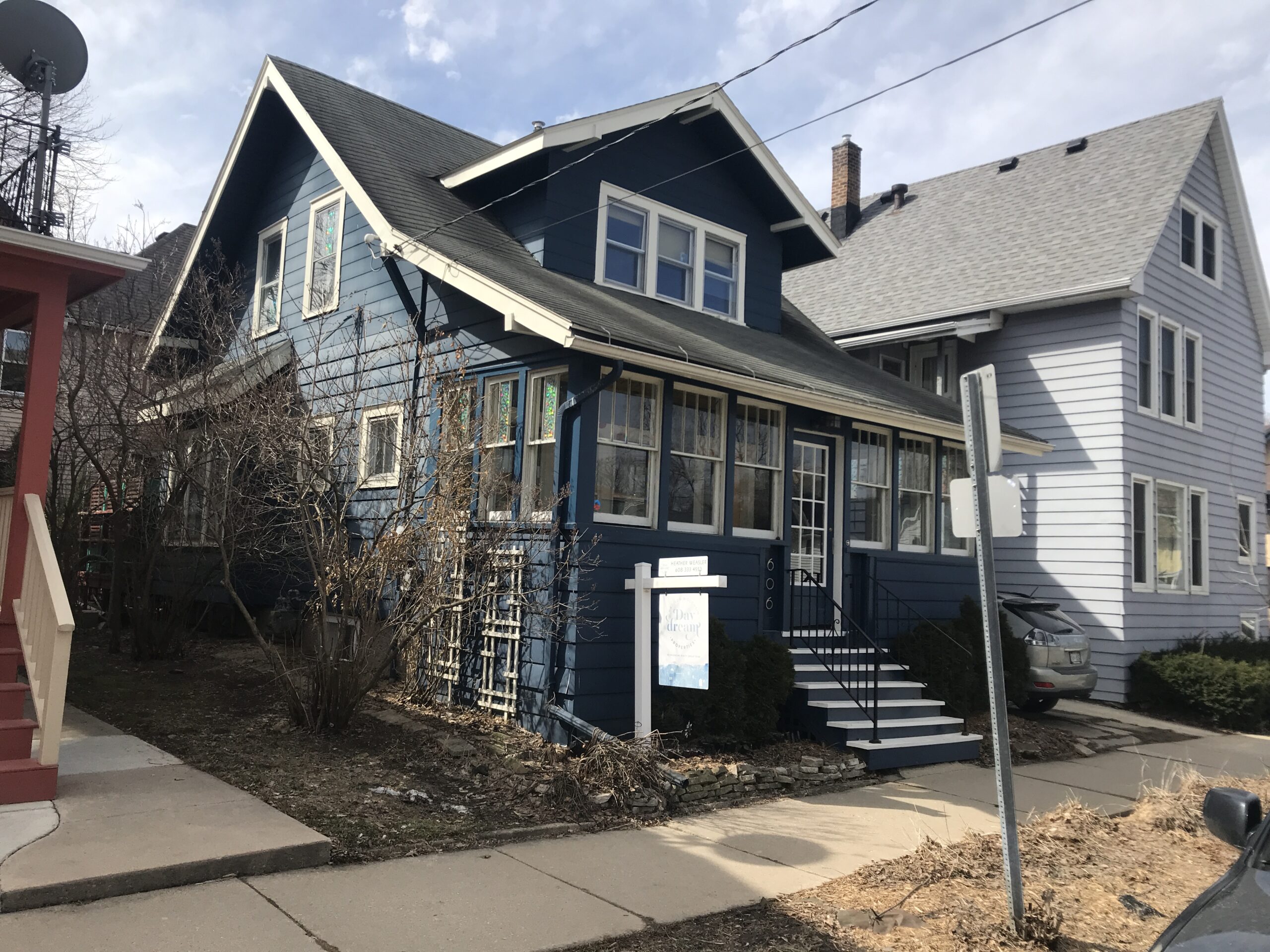
Realtors cautiously optimistic about mortgage rates
Bruno said she expects mortgage rates will decline gradually over the next year, but she doesn’t expect them to reach 3 percent again anytime soon.
“What we’re seeing in the predictions, in the forecasting for mortgage rates, is that they’re going to steadily and slowly continue to tick down,” she said. “But it’s not going to get to 2.5 percent again.”
Mathe agreed, saying she doesn’t expect mortgage rates to go below 3 percent again, “at least not in my lifetime.”
In the Madison market, Gladue said mortgage rates are currently around 5.85 percent, and he’s not expecting a major change in the next year.
But he said getting rates down around 5 percent could make a difference for existing homeowners who refinanced under low rates but are on the fence about moving into a bigger or smaller home.
“At 5 percent it starts to make a little more sense to them, because they’re not paying double what they would in interest,” Gladue said.
Wisconsin Public Radio, © Copyright 2025, Board of Regents of the University of Wisconsin System and Wisconsin Educational Communications Board.
